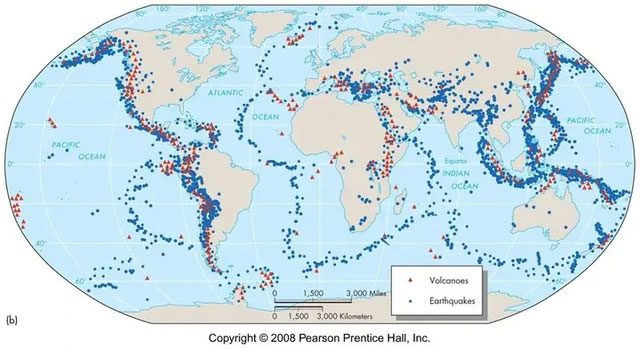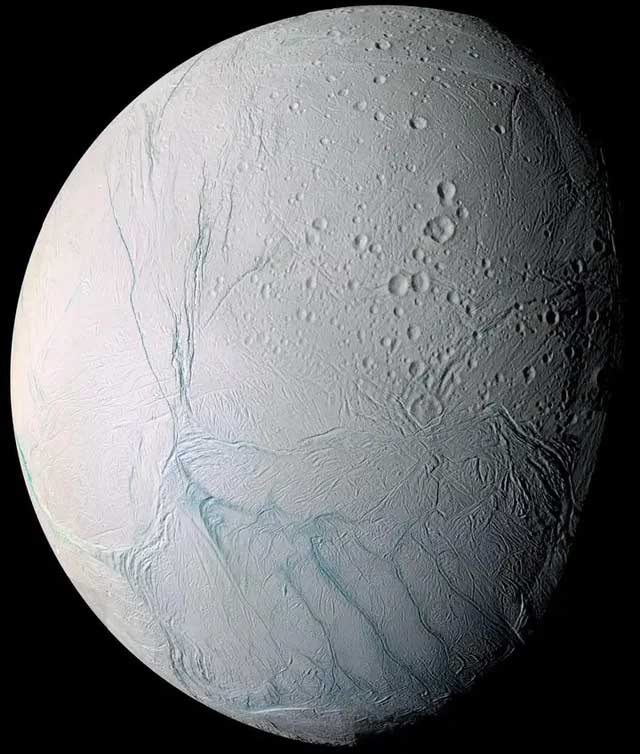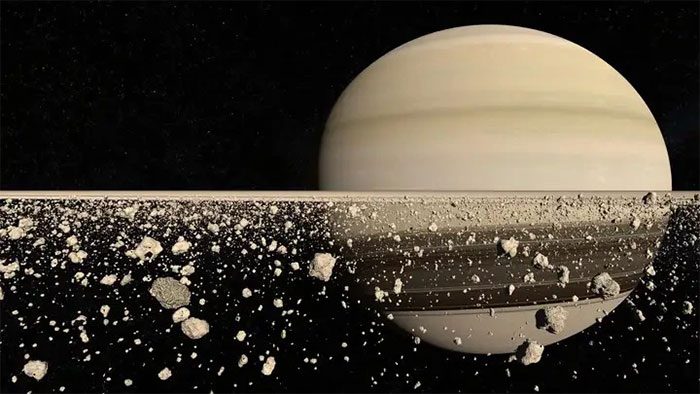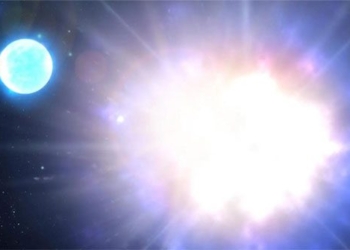If Mars and Earth were to swap positions in the Solar System, life on Earth would not be able to survive, and we would no longer be able to inhabit it.
The Impact of Losing and Gaining the Moon
For Earth, the Earth-Moon system has been a stable planet-satellite system for billions of years. Earth has successfully locked the Moon’s tides, meaning that the rotation period of Earth and the rotation period of the Moon are identical – the Moon always faces Earth. Ocean tides and solid tides on Earth are heavily influenced by the Moon. The Moon plays a significant role in maintaining the stability of Earth’s axial tilt, slowing down Earth’s rotation and lengthening the day.
If Earth were to lose the Moon, it would mean a significant impact on the current stable state of Earth’s crust (related to solid tides) and the state of ocean tides, with the most apparent effects being on the seismic and volcanic regions actively occurring worldwide. In a short period, many unprecedented volcanic eruptions/earthquakes/tsunamis would occur globally, pushing most living organisms on Earth to the brink of extinction. In the long term, the instability of Earth’s axis would likely lead to severe global climate changes, and mass extinctions of species would continue.

Map of seismic and volcanic regions on Earth, many of which are densely populated. These areas would experience extremely powerful earthquakes and volcanic eruptions, and humanity would essentially face destruction without the Moon.
For Mars, the mass difference between itself and the Moon is only 11 times (this number is 80 times when comparing Earth and the Moon), making it very likely that Mars’s gravitational force could not hold the Moon in its current position. Mars and the Moon would struggle to form a stable system; it might also face additional influences from the nearby Venus and Earth’s current orbit, thus making it possible that Mars would not remain in the same position as Earth currently does. Its orbit would become chaotic.
Differences in Solar Energy Reception
Some spacecraft equipped with solar panels have proven that the solar radiation intensity near Mars is only half that of Earth.
If the amount of solar energy that Earth receives decreases significantly, the greenhouse effect of the atmosphere and even volcanic eruptions would almost have no effect in “warming” Earth due to the decline of this energy source. This means that global temperatures would drop drastically.
Even more frightening is that over 70% of Earth’s surface is ocean, which would lead to a global freezing phenomenon. The frozen surface would reflect more sunlight, causing the received energy to decrease. Most plant species that rely on solar energy and struggle to adapt to low-temperature environments would go extinct, leading to the collapse of the ecological chain.
At this point, only a few lower organisms relying on geothermal energy from within Earth could survive beneath the thick ice layers thousands of meters deep.

The surface of Enceladus is covered by thousands of meters of ice. Beneath the ice lies an ocean 10 km deep. The surface reflects nearly 100% of sunlight. It acts like a giant mirror in the Solar System, and only the strong tidal friction from Saturn keeps the internal ice melting into an ocean.
For Mars, having more solar energy does not actually provide any benefits. Due to Mars’s small size, its fluid core has solidified, leading to an extremely weak magnetic field. When approaching Earth’s vicinity, the atmosphere would rapidly dissipate, and the only ice and dry ice at the poles would evaporate, leaving Mars completely desolate.
Impact on Mars’s Moons and the Asteroid Belt
Phobos and Deimos are too close to Mars, at 6,000 km and 13,000 km respectively, much closer than the Moon. Given that Earth has a much larger radius and is significantly heavier than Mars, Phobos would fall within Earth’s Roche limit – the closest distance at which two celestial bodies can maintain their integrity – where it would be torn apart by Earth’s tidal forces, forming rings around Earth similar to Saturn’s rings.
This also means that occasionally, gigantic meteors would fall back to Earth.

Saturn tearing material at its Roche limit into pieces, forming massive rings spanning tens of thousands of kilometers.
Due to the gravitational influence of Earth, the asteroid belt would also be greatly disturbed, and the number of asteroids near Earth would suddenly increase, which means that Earth’s fate would be in danger, not to mention the survival of life.
In summary, swapping positions between Mars and Earth would be catastrophic for life on Earth. Furthermore, this swap could also impact other planets in the Solar System, disrupting the balance and causing unpredictable consequences.





















































